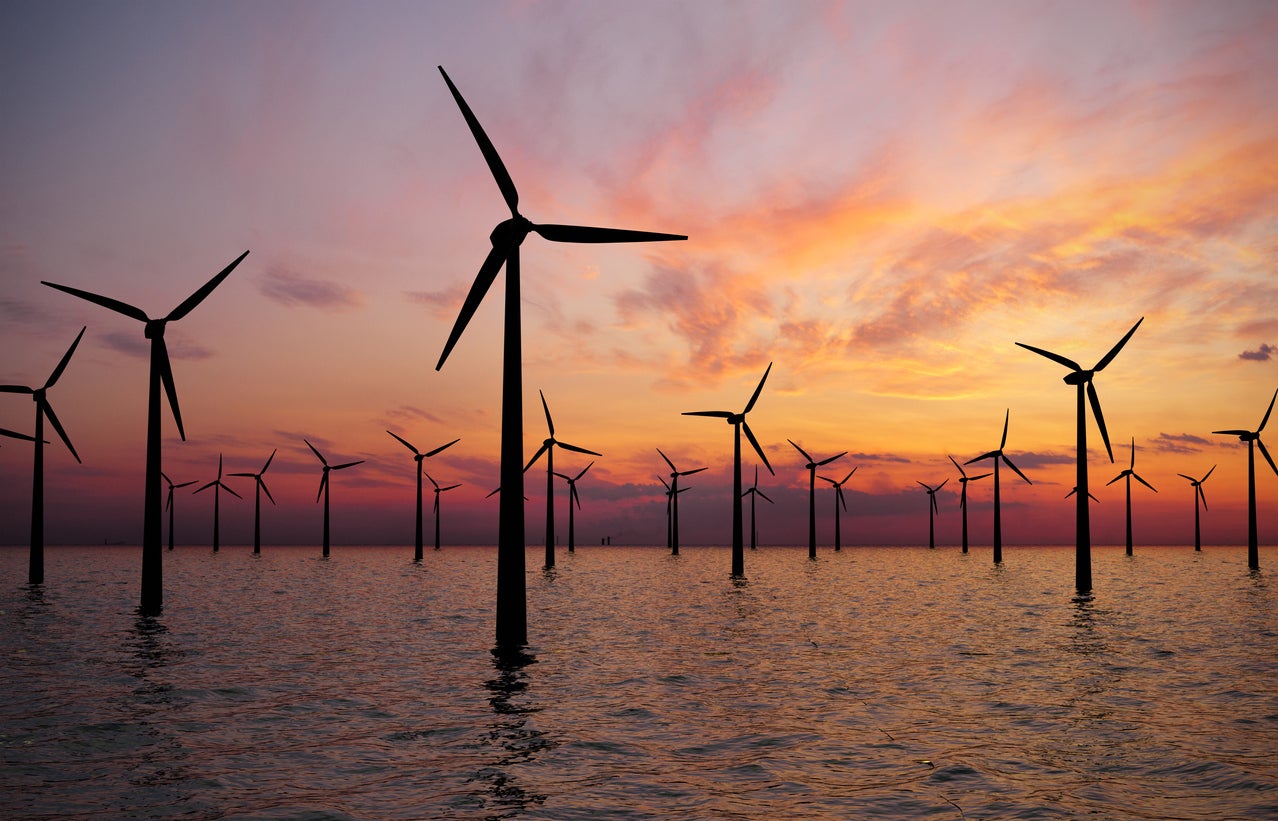An Analytical Linear 2-D Actuator Disc Model as basis for A New Rotor Induction Model for HAWTs
European-American Collaboration in Wind Energy Seminar Series

8:00 – 9:00 am MST
Helge Aagaard Madsen
Dr. Madsen holds a Ph.D. from Aalborg University on the development of the Actuator Cylinder model for VAWTs. Almost the entire research carrier has been at DTU, however until 2010 at Risoe National Laboratory, which at that time merged with DTU. The key research area has been engineering modelling of wind turbine aerodynamics and wake flow with major contributions to development of the BEM model implementation in HAWC2, the Near Wake (NW) model and the Dynamic Wake Meandering (DWM) model. Another main research area has been experimental aerodynamics, e.g. as project lead on the DanAero experiment in 2009 and recently heading the development of an add-on inflow and pressure belt system for installation on industrial MW turbines. Also involved in technology development like flap systems from prototype wind tunnel testing in 2009 to full scale testing in 2021 and 2022 on a 4 MW turbine. He has furthermore been lead on the recent national LowWind project exploring low specific power turbines with a specific power of 100 W/m^2. He has authored or co-authored more than 400 publications/reports of which 69 in refereed publications.
The substantial upscaling of turbines over the last 1-2 decades has only been possible due to lighter and flexible rotor blade designs enabled by integrated design methods as well as new materials like carbon. However, these recent design trends are characterized by considerable out of plane bending of the blades with a swept surface like an umbrella. This challenges the plane disc assumptions in the Blade Element Momentum (BEM) model used in aerodynamic and aeroelastic design codes today. In order to meet these challenges a novel analytical linear 2-D actuator disc model (in short 2Dl AD) has recently been developed showing promising correlation with 3-D AD CFD simulations of an AD in yaw and axisymmetric CFD simulations of a coned disc when comparing the velocity normal to the disc. The 2Dl AD model will be used in a rotor simulation along diagonal lines of the rotor at several azimuth positions. The tangential induction computation will be carried out by coupling with an angular momentum model. Since the detailed implementation as a rotor induction model still has to be explored, the presentation will be focused on the development of the 2Dl AD model, the flow characteristics, comparison with CFD disc simulations and the numerical implementation of the model for an arbitrary disc shape and loading. The model is derived from the Euler equations and the equation of continuity following a general procedure by Koning1 which allows for splitting the final solution into a linear and non-linear part. The solution of the linear part is much simpler than the full solution which is approached by scaling the loading on the disc in the linear solution. The analytical solution of the flow field for a constant loading of the disc is presented for flow perpendicular to the disc as well as for a yawed disc. By superposition of two opposite yawed discs, a coned disc is modelled. Along the same line, we demonstrate that a disc of arbitrary shape and loading can be simulated by superposition of several discs with different loading. In this version the 2Dl AD model forms the basis for implementation as a consistent rotor induction model for flexible, coned rotors and without the need for a yaw sub model as in BEM.
Contact
Please direct questions/comments about this page to:
Sue Ellen Haupt
Senior Scientist, Research Applications Laboratory